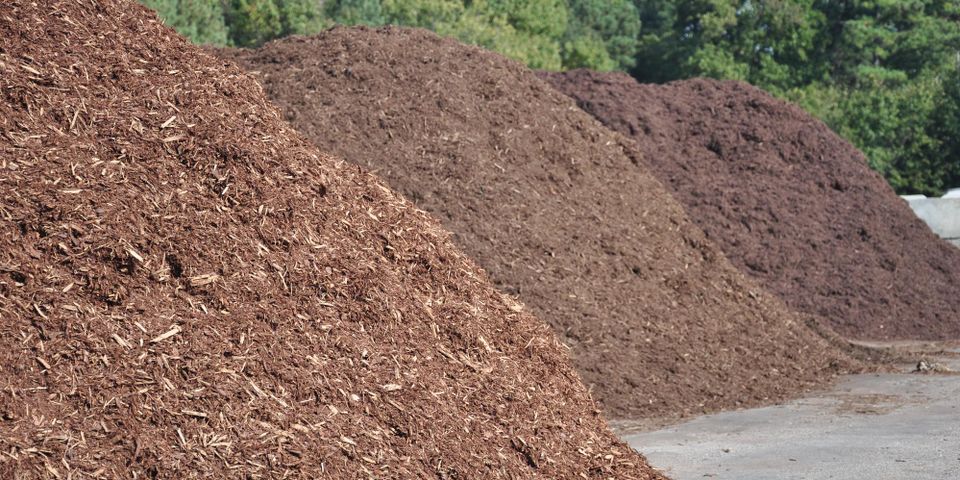
Winter can be tough on lawns and landscaping. Protecting roots from ice and freezing temperatures will ensure plants grow well by springtime, and mulching is a key step. Below is a helpful guide to this plant and tree care process.
Everything Homeowners Need to Know About Mulch
Types
There are two types of mulch: organic and inorganic. Homeowners will recognize organic mulch made from hardwood chips and bark. This material improves soil fertility and drainage because they decompose. Less traditional options include newspapers, cardboard, and even grass clippings and leaves.
Inorganic mulches are more decorative. Rocks, lava stone, rubber, and fabrics help with weed control, drainage, and erosion control, but they won’t enrich the soil. These ob preserve soil and plant health and can be an attractive addition to themed landscaping.
Benefits
Aside from nourishing plants and soil, mulch acts like a blanket over roots. A dense layer will keep roots warm in freezing temperatures. Mulch also retains water and will slowly release it into the soil. Simultaneously, it shades the ground so the sun won’t evaporate moisture before it reaches roots.
 Drainage control ensures melting snow doesn’t oversaturate the soil and that spring melt doesn’t reveal plants’ roots. Weed-control ensures invasive plants don’t steal water and nutrients from your plants throughout the season. Hard- and softwood mulch comes in many colors, and like stone, it can be a creative feature in your landscaping.
Drainage control ensures melting snow doesn’t oversaturate the soil and that spring melt doesn’t reveal plants’ roots. Weed-control ensures invasive plants don’t steal water and nutrients from your plants throughout the season. Hard- and softwood mulch comes in many colors, and like stone, it can be a creative feature in your landscaping.
How to Use It
Mulch is ideal for garden and tree care. Apply a 2- to 3-inch layer around trees, especially young ones that are more susceptible to winter damage. Leave a small space between the mulch and trunk so insects won’t nest too close and damage the wood.
A 3- to 4-inch mulch layer adds color to shrub-beds. Avoid piling it in a volcano shape. Instead, create a smooth, low slope and carve a hole around the trunks and stems. Add a thin 1- to 2-inch layer to flower beds. Add mulch over your underground septic tank to ensure it doesn't freeze and burst.
Wait until the first frost to apply mulch—usually temperatures below 28 degrees Fahrenheit. Plants will have had time to absorb plenty of nutrients and establish their roots to endure the winter. Waiting to mulch also gives pests like mice to find shelter elsewhere so they won’t be a problem.
Don’t apply a second layer of mulch until spring. This gives it time to decompose and improve the soil.
If you need tree care services before winter, contact Hill Tree Keepers of Newburgh, NY. These professionals have over a decade of experience and focus on protecting and beautifying clients’ properties. Whether you need tree trimming, emergency tree services, or tree removal, call (914) 214-7045. You can learn more about their services on their website.
About the Business
Have a question? Ask the experts!
Send your question

